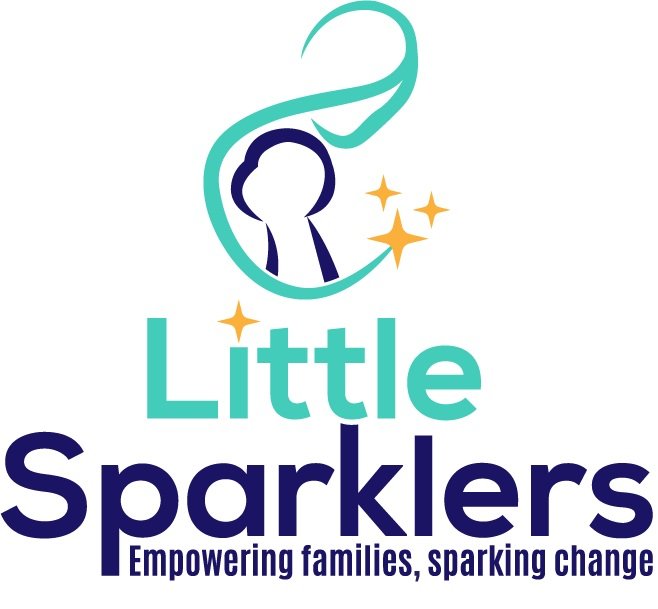Bottle Feeding
Image credit: Vida Images
When it comes to infant feeding, informed and educated is best. It would be wonderful to say that breastfeeding was always the right option or choice for every family, but the world isn’t like that. For some families, there are complicated barriers and factors which may mean that breastfeeding is not going to work for them. These families don’t need judgement. They need empathy, support and understanding.
Giving the feed…
If you need to give your baby a bottle, then ‘paced’ bottle feeding is a way of offering the bottle that is responsive to the baby’s needs and appetite. It is therefore less likely to result in baby taking in more milk than they actually want. This is also a good way to offer expressed breast milk to a breastfed baby, as baby is less likely to develop bottle-preference.
Hold baby in an upright position.
Brush teat against baby’s lips and allow baby to actively draw the teat into their mouth.
Allow baby to suckle for a few moments on the teat, without getting any milk. This is especially important for the baby who is usually breastfed, as it is closer to their behaviour at the breast.
Tilt the bottle so it is horizontal, and so that the teat only half-fills with milk.
Baby will actively suck at the teat in order to draw the milk into their mouth, as opposed to having the milk flow easily down their throat.
When baby pauses, tilt the bottle downwards so that baby is allowed a proper break. Do not encourage the baby to keep sucking. Allow her to take breaks as she needs to.
When baby starts to suck again, lift the bottle back into the horizontal position.
If baby is having formula, rather than expressed breast milk, do not worry if baby doesn’t take the full amount of milk as determined by the instructions on the can. That is a general guide for an average feed for an average baby on an average day. It is important that baby is in charge of how much milk she takes in. This teaches her to regulate her appetite herself (a good habit as one grows into teenager).
If you have any concerns about your baby’s intake of milk, or their growth, it is important to speak to a healthcare professional.
The Australian Breastfeeding Association helpline offers support for families no matter how they are feeding their baby.
They can help with:
combination feeding
exclusive pumping
returning to breastfeeding
Contributed by: Georgina Dowden, IBCLC, Registered Nurse, Registered Midwife, Little Sparklers Director

